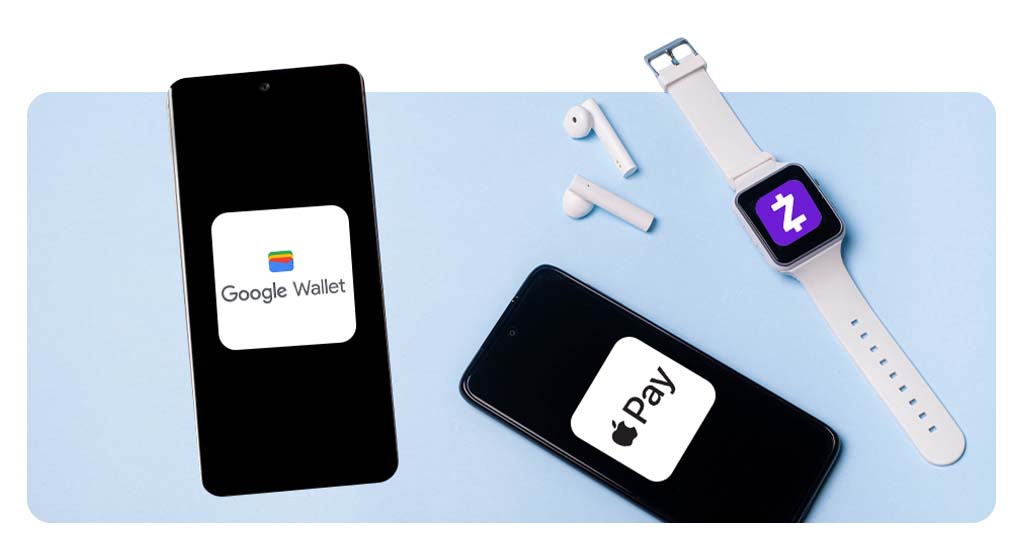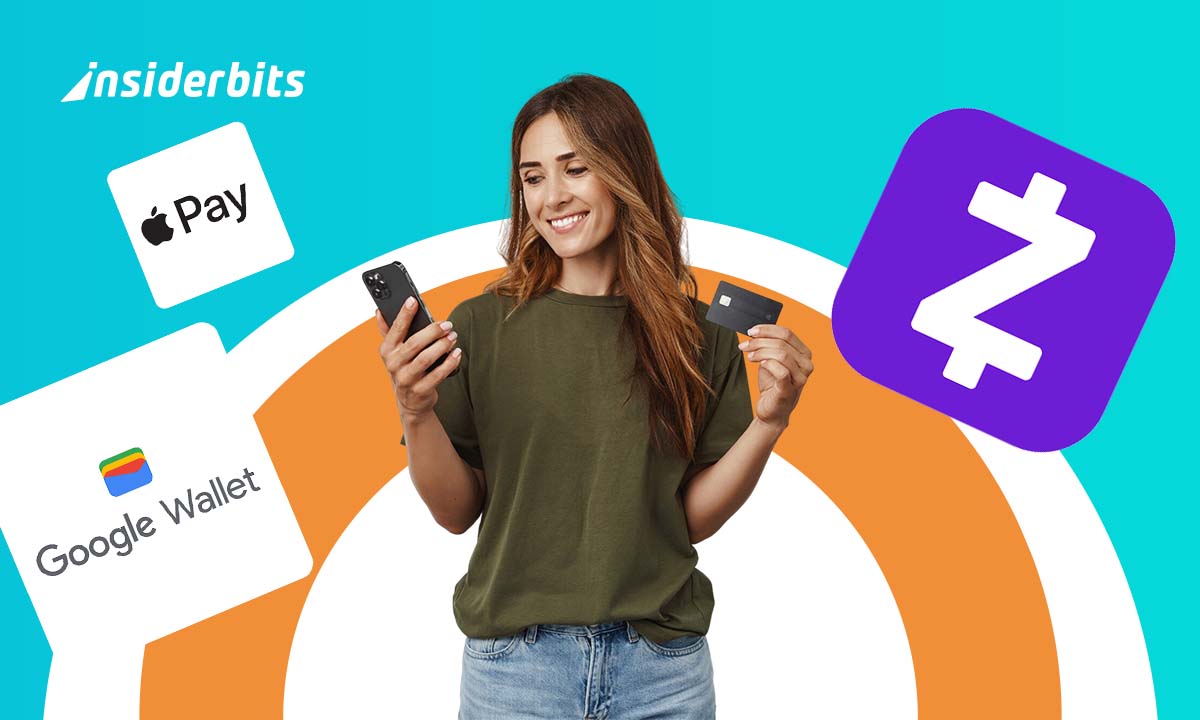The way we pay is changing faster than ever, and physical wallets are no longer the center of the conversation. With the rise of digital payments, biometrics like Face ID and fingerprint scans are becoming standard for authentication, reducing friction and boosting both speed and security.
In stores, online, or on your smartwatch, your unique biological traits are now your new signature. From unlocking your phone to verifying your bank transfer, biometric payment systems offer a seamless experience that feels really futuristic, but they’re already part of daily life.
- Pay Taxes and Check Refund Status With IRS2Go
- Pay and check the status of your refund with IRS2Go
- PayPal Honey App: Your Guide to Smart Spending
The Rise of Biometric Authentication in Digital Payments
Biometric authentication has moved beyond unlocking smartphones, it’s now a key layer of security in mobile banking and contactless payments.
As trust in digital wallets becomes more common in everyday life, so does the demand for frictionless verification methods that eliminate the need for cards, PINs, or passwords.
Currently, payment platforms like Google Wallet and Apple Pay use device-level biometrics to confirm transactions, while financial institutions are integrating similar features into their apps.
That way, fingerprint and facial recognition have become standard on most modern phones, making this transition feel natural for users.
This change isn’t just about convenience, it’s also about enhancing security and reducing fraud in a world where cyber threats evolve constantly.

How Face and Fingerprint Verification Are Replacing Cards
Instead of swiping a card, entering a PIN, or typing out login details, users can now simply scan their face or tap a fingerprint to authorize a payment.
This action replaces the traditional routine across a wide range of scenarios, including in-store purchases and peer-to-peer transfers.
It also applies to digital subscriptions and even e-commerce checkouts that support mobile wallet integrations like Google Wallet or Apple Pay.
This biometric approach is powered by technology that matches encrypted facial or fingerprint data stored securely within your device’s hardware.
When a transaction is initiated, the payment system requests biometric confirmation.
If the scan matches the stored data, the authorization is instantly processed. This removes the need for passwords or physical cards, making every transaction more convenient.
Biometric payments are also becoming more common on wearable devices. Smartwatches equipped with fingerprint sensors or tied to a verified mobile device allow users to tap and pay in seconds.
For end users, this evolution means fewer devices to carry, fewer passwords to remember, and a much smoother payment experience.
The combination of speed and security has made biometric verification an emerging standard across platforms.
Are Biometric Payments More Secure Than Traditional Ones?
Biometric authentication adds a strong layer of security by tying access directly to a user’s physical identity.
Differently from passwords or cards, biometric data can’t be guessed or easily stolen, making it far harder for fraudsters to bypass.
Most systems store this data locally, within secure elements on your device, so it’s not transmitted during payment, further reducing exposure to breaches.
Even if your phone is lost or stolen, a biometric lock keeps payment access secure.
However, no system is flawless. Biometric security must be paired with robust encryption and fail-safes like fallback PINs to offer full protection.
Still, for most users, biometric payments offer far more safety and reliability than traditional methods.
Popular Apps That Already Support Biometric Transactions
Apple Pay
Apple Pay stands out in the digital payments subject for its deeply embedded integration with the Apple ecosystem. It leverages Face ID and Touch ID to authenticate payments not only in stores but across apps and websites.
The verification is instant, using biometric data stored in the Secure Enclave of the device, which means no card swiping, PIN typing, or risk of credential theft during transactions.
Apple Pay also allows users to make purchases with just a double-click on an iPhone or Apple Watch, making it one of the fastest and most frictionless payment methods available today.
In addition to standard payments, Apple Pay supports transit systems, loyalty programs, and even digital ID cards, further strengthening its role in the evolving biometric economy.
Google Wallet
Google Wallet (iOS/Android) allows users to authorize transactions using fingerprint or facial recognition, streamlining the checkout process both online and in-store.
Whether you’re tapping to pay at a retail terminal or verifying a purchase within an app, Google Wallet uses biometric data stored locally on your Android device to ensure both security and speed.
The app also integrates seamlessly with Wear OS smartwatches, enabling contactless payments directly from your wrist.
This is especially useful in environments like public transportation, cafés, gyms, and anywhere convenience is key.
Since biometric payment infrastructure is expanding globally, Google Wallet continues to be at the forefront, linking ease of use with advanced security measures.
4.2/5
Zelle
Zelle (iOS/Android) is a peer-to-peer (P2P) digital payments app used widely across U.S. banking systems, integrated with major banks and available as a standalone app.
While it focuses on transferring money between users instantly via email or phone number, Zelle also supports biometric login and transaction approval on compatible devices.
This feature enhances security without sacrificing speed, making it easier to send or receive money without entering passwords or verification codes.
Zelle’s biometric compatibility is especially useful in high-traffic banking environments where users want fast access to send payments securely.
Where Digital Payments Are Heading in the Near Future
The future of digital payments is increasingly touchless and identity-driven.
Biometrics are expected to expand into retinal scans, voice verification, and even behavioral signatures that track how users type or move their devices.
Wearables will play a larger role too, integrating with health sensors and environmental data to further personalize authentication.
Meanwhile, global payment networks are adapting to cross-border biometric solutions, allowing secure travel and global transactions without cards or cash.
For consumers, this evolution means faster access and a payment experience that feels personal and instant, all while keeping sensitive data locked behind layers of intelligent security.
Digital Payments Are Going Biometric—Here’s What to Know – Conclusion
Biometric and digital payments are a new standard in how we interact with money.
With modern technology, devices are becoming smarter and more connected, using your face or fingerprint to pay will feel as normal as swiping a card once did.
With more apps embracing this technology and new hardware rolling out to support it, now’s the time to get comfortable with biometric payments. Because they’re not just coming, they’re already here.
Related: Biometric Payment Apps: The Future of Secure Transactions
Enjoyed this article? Save the Insiderbits blog to your favorites for the latest tools, creative tech tips, and photo editing breakthroughs.




